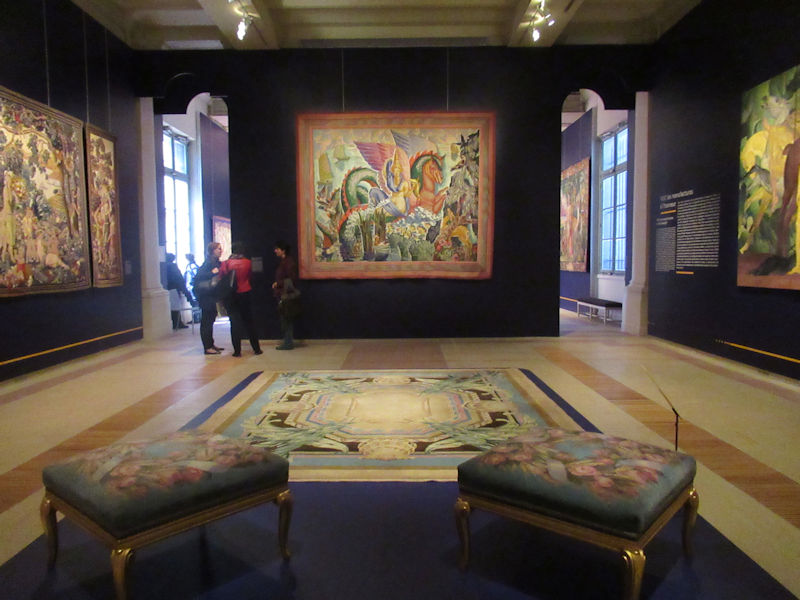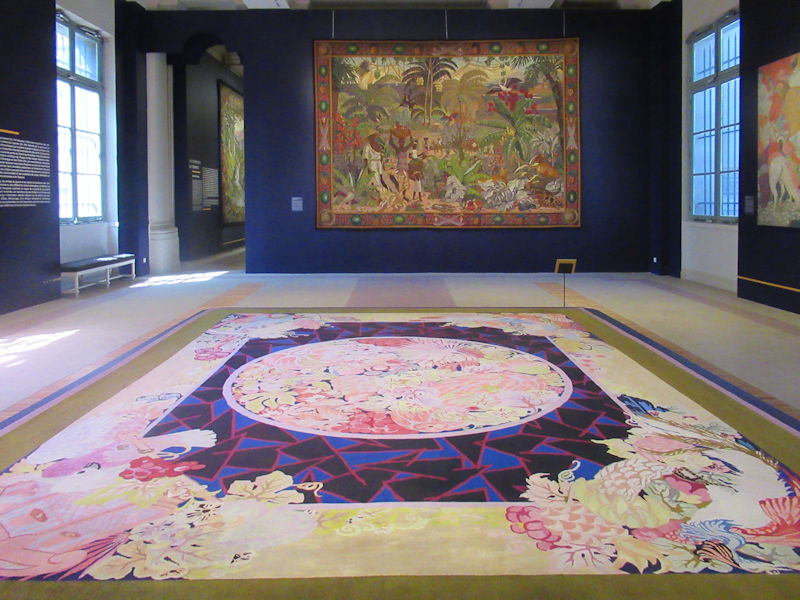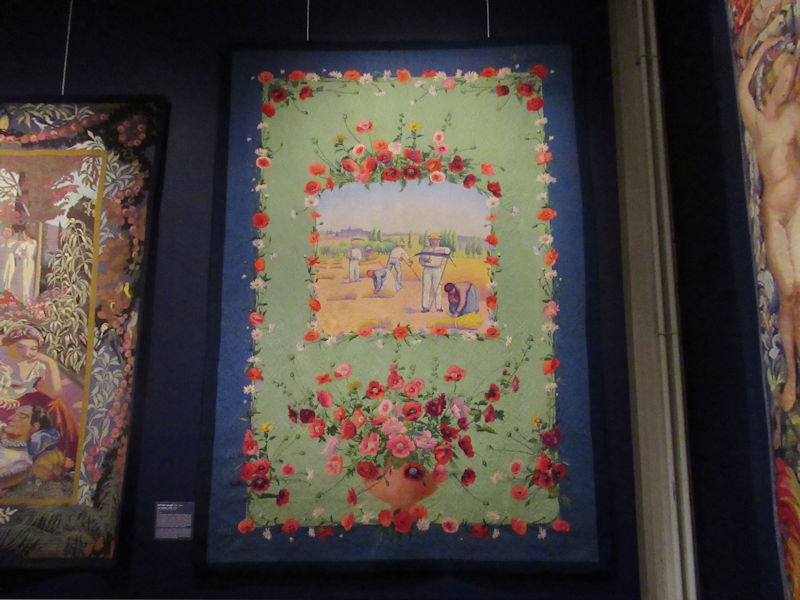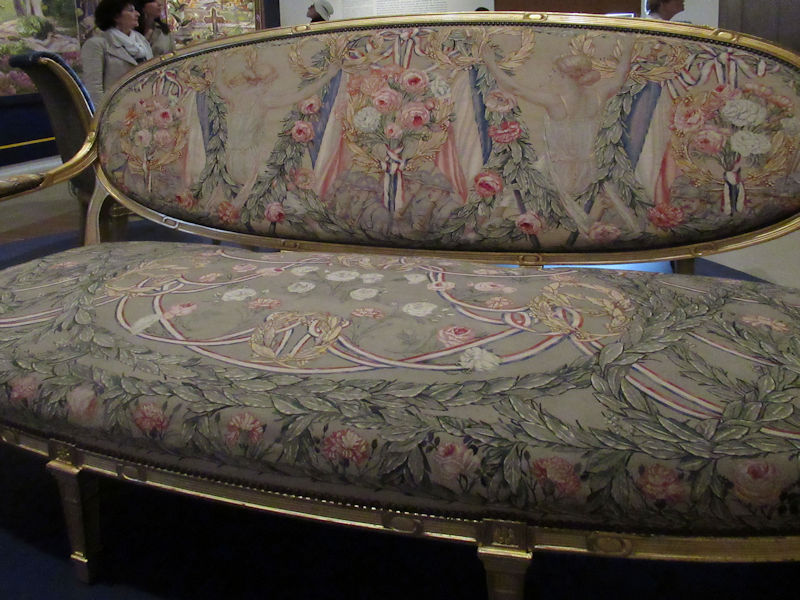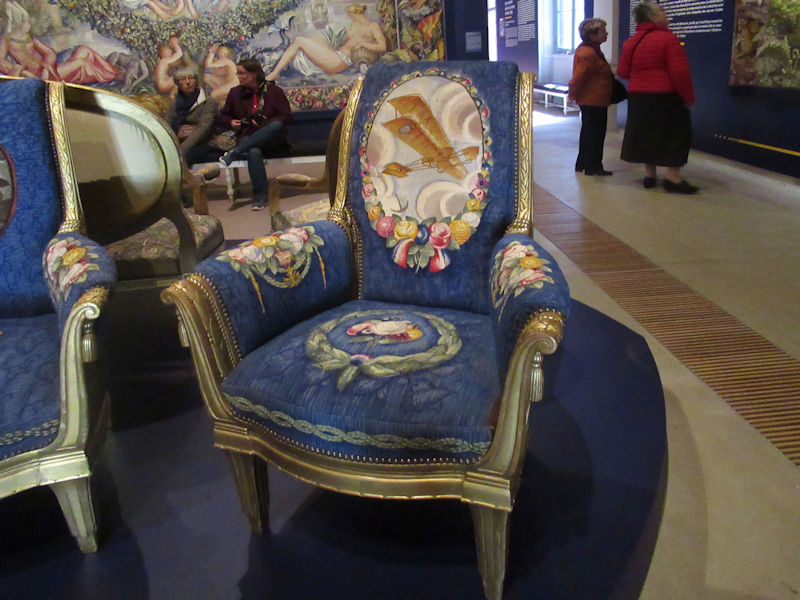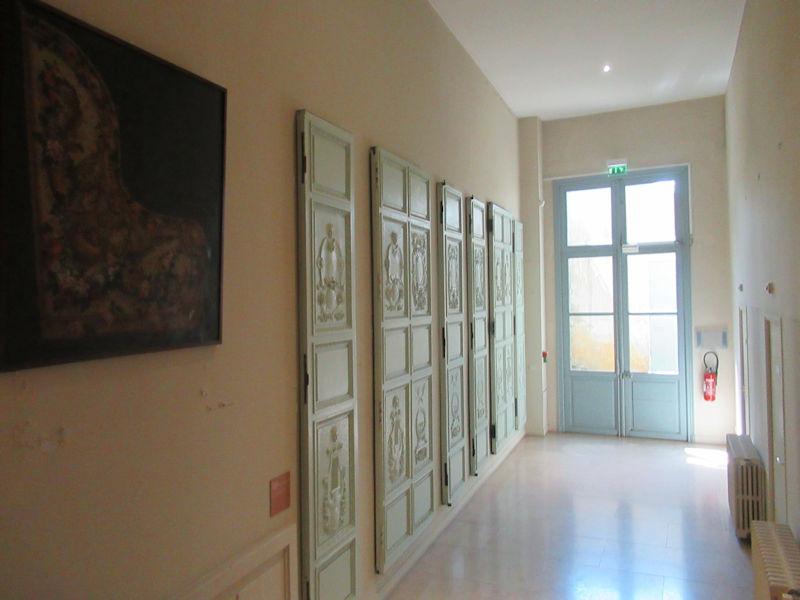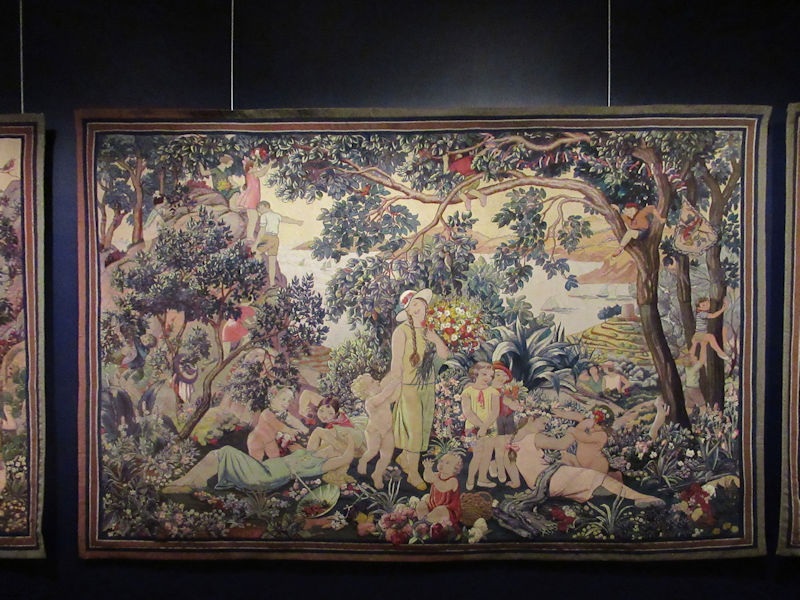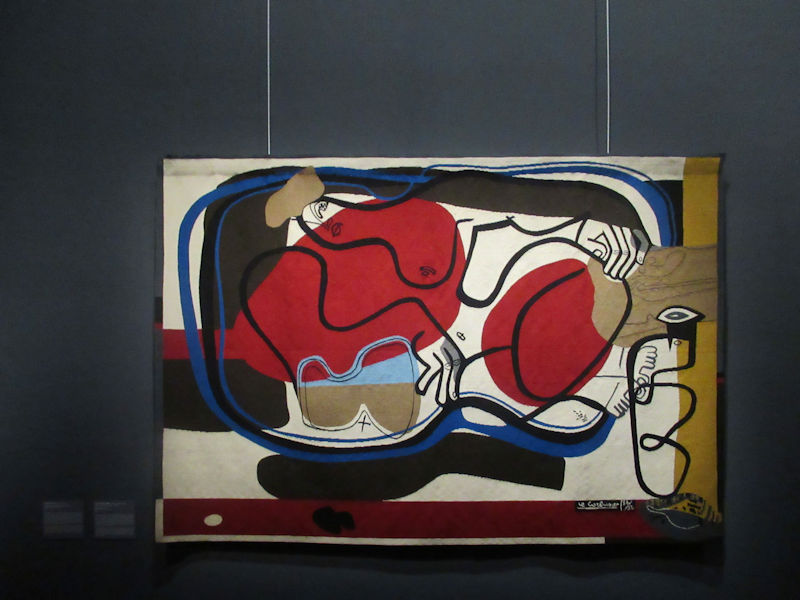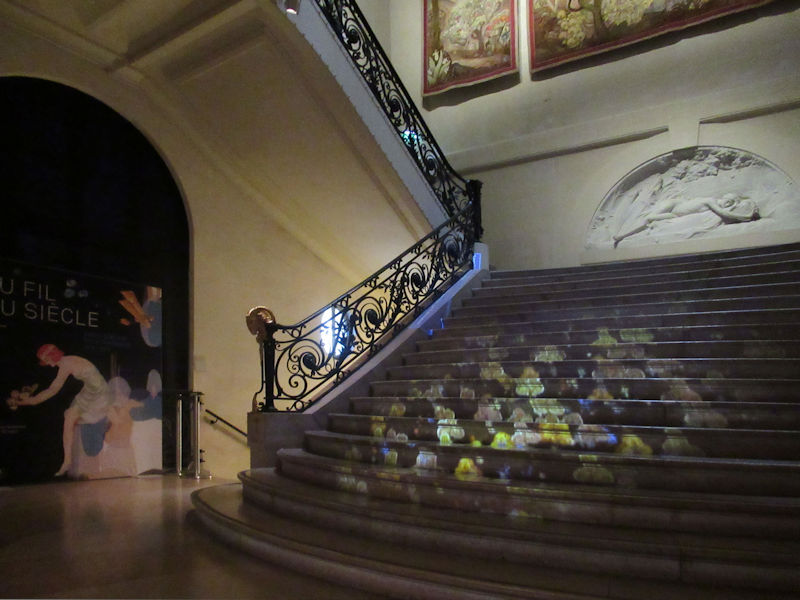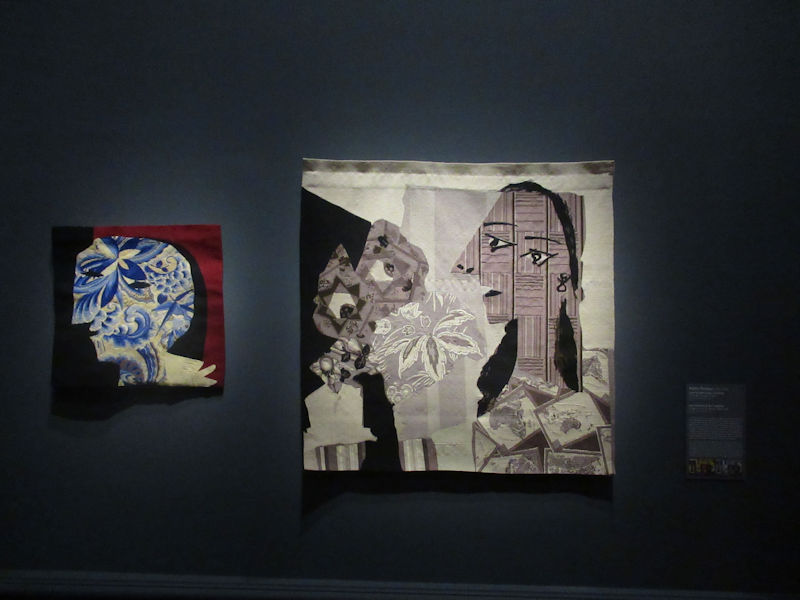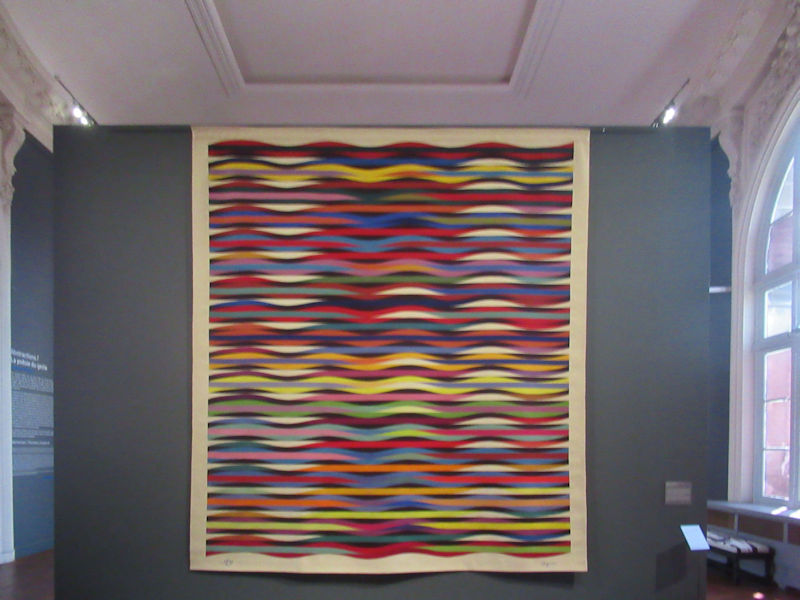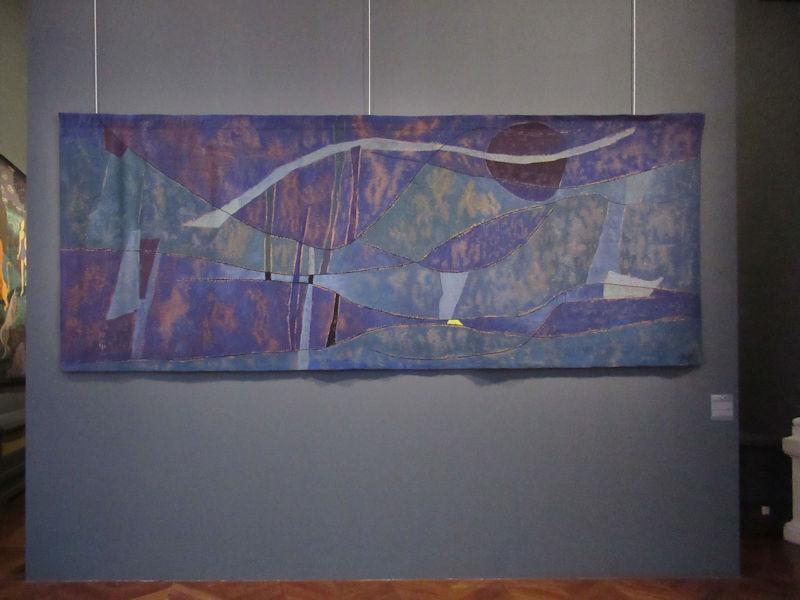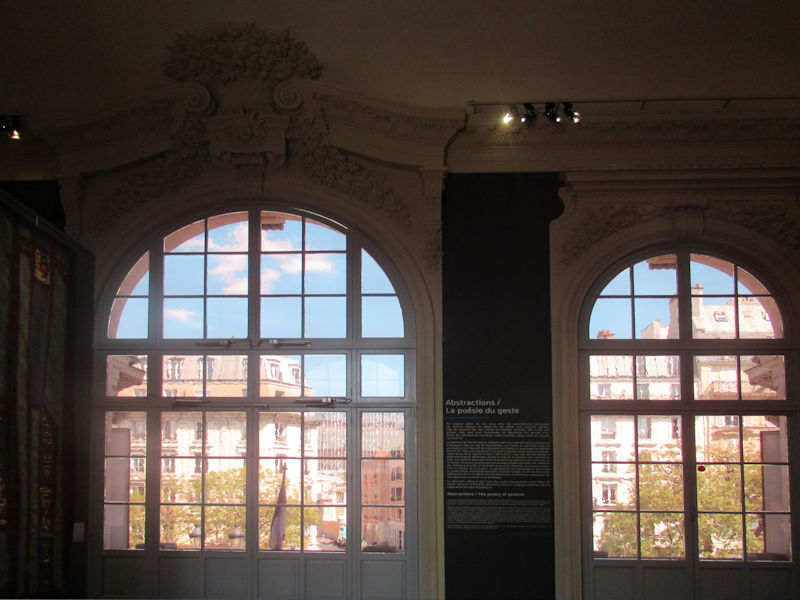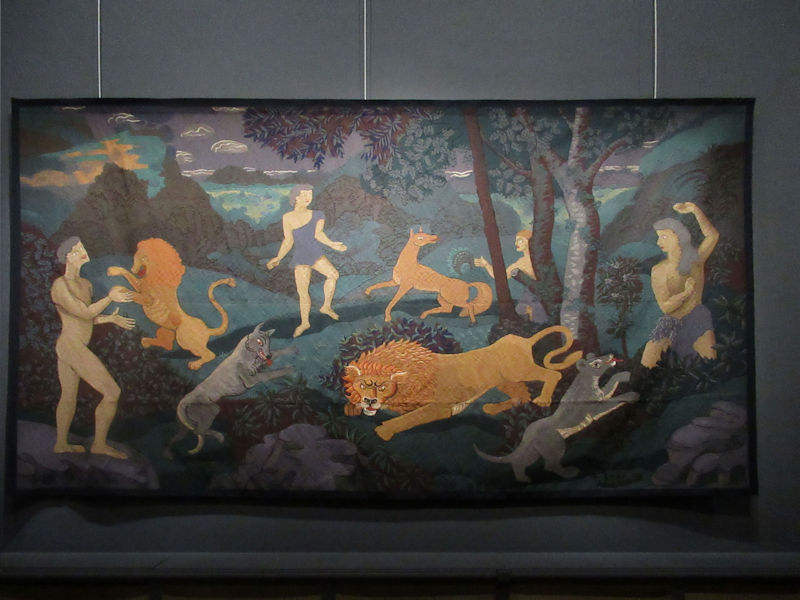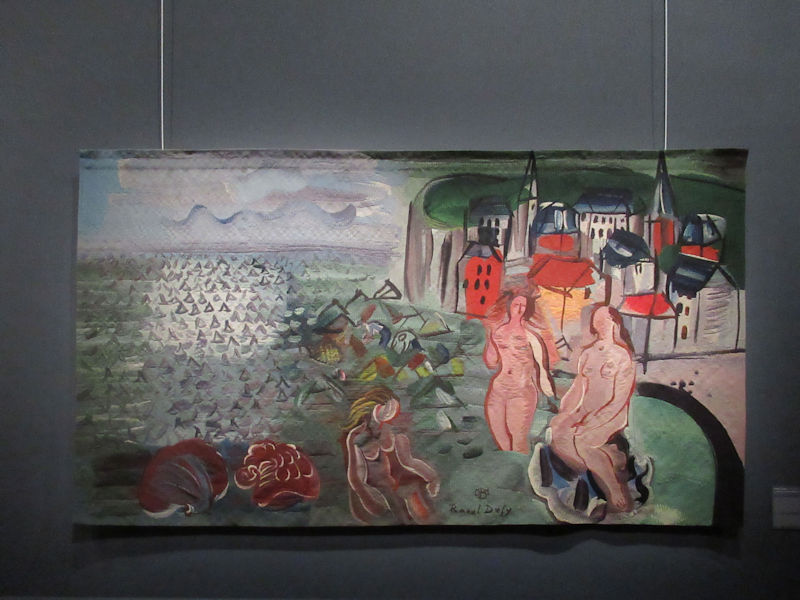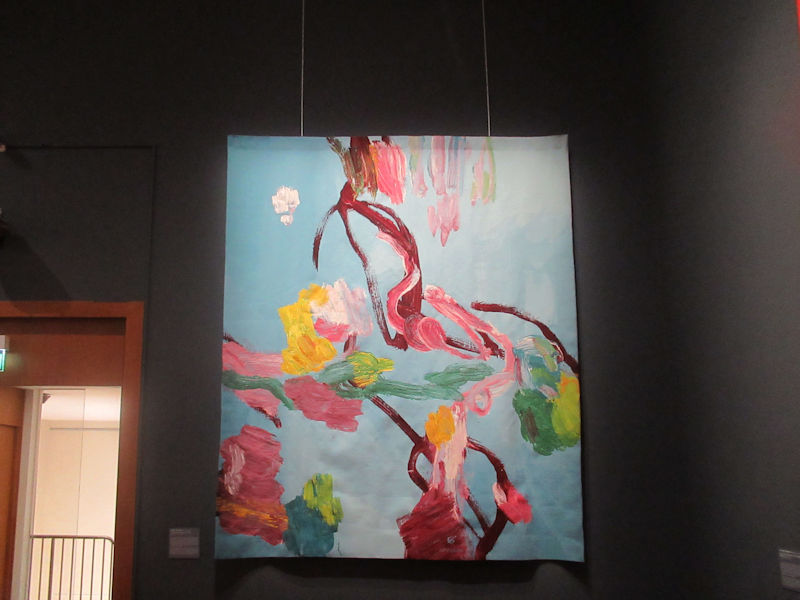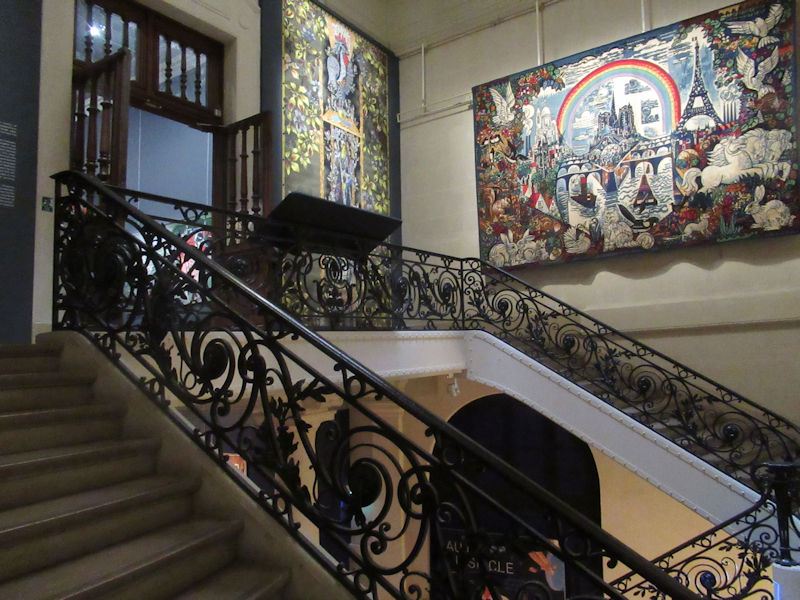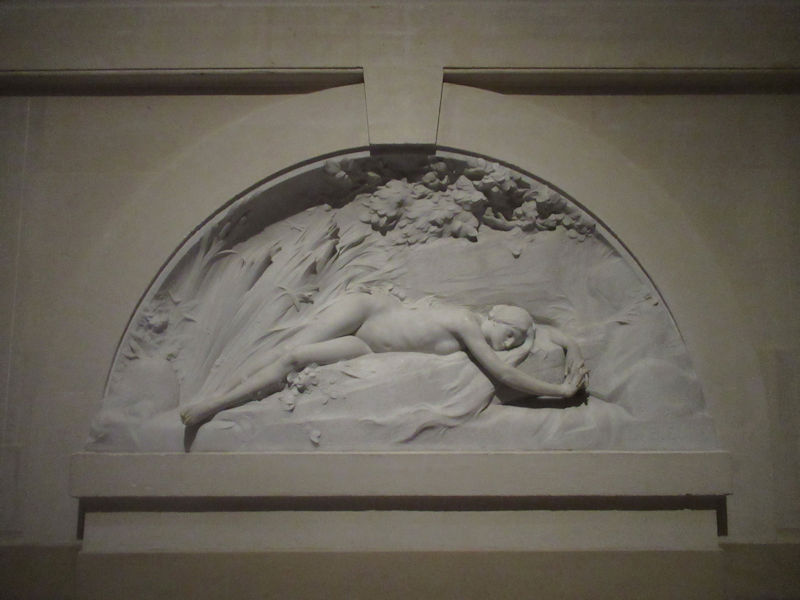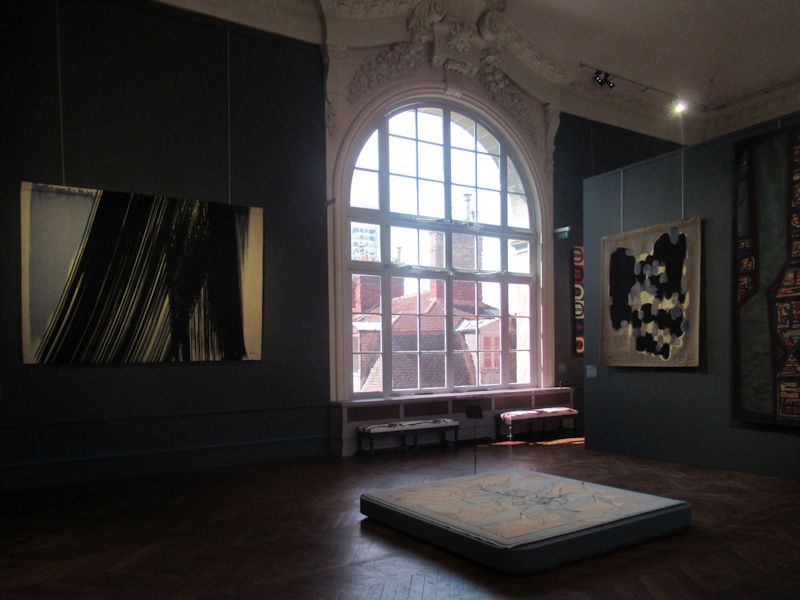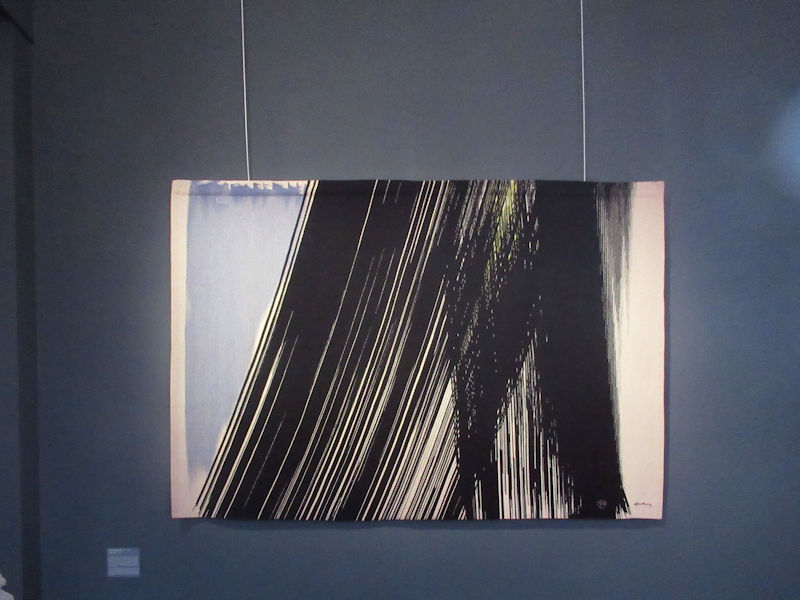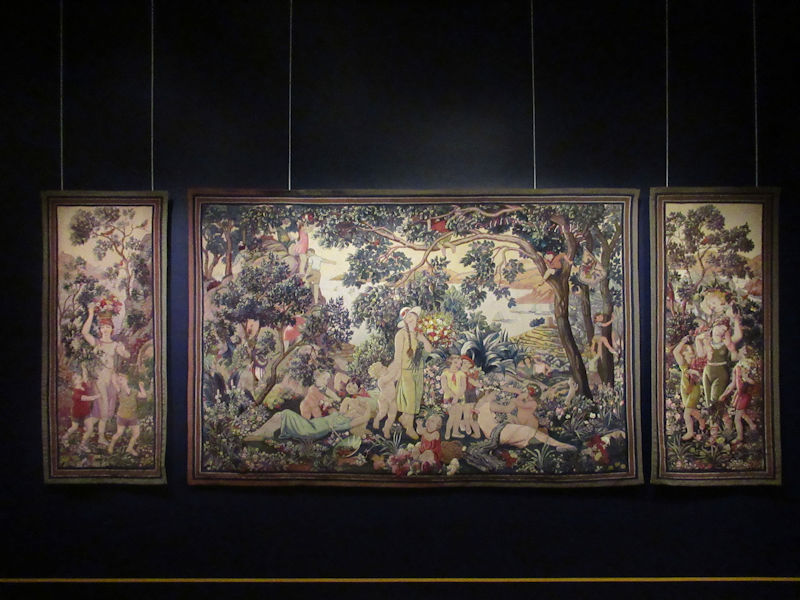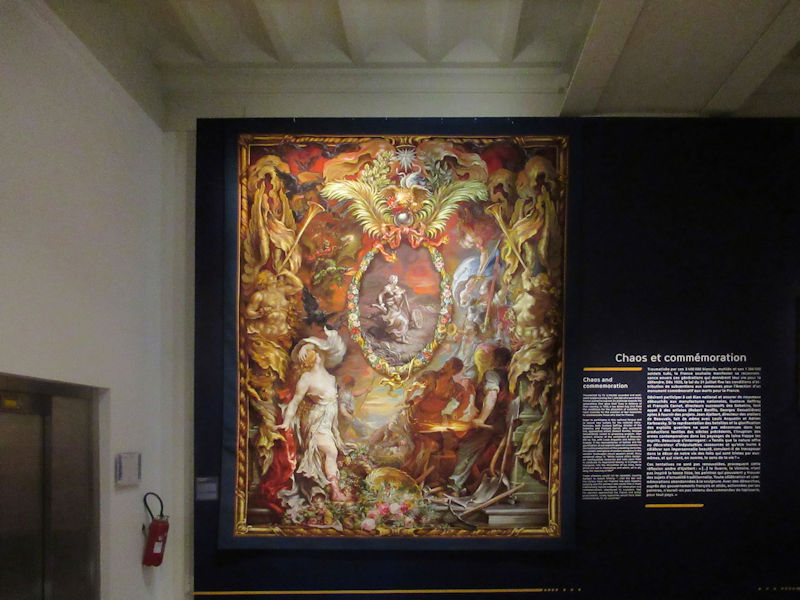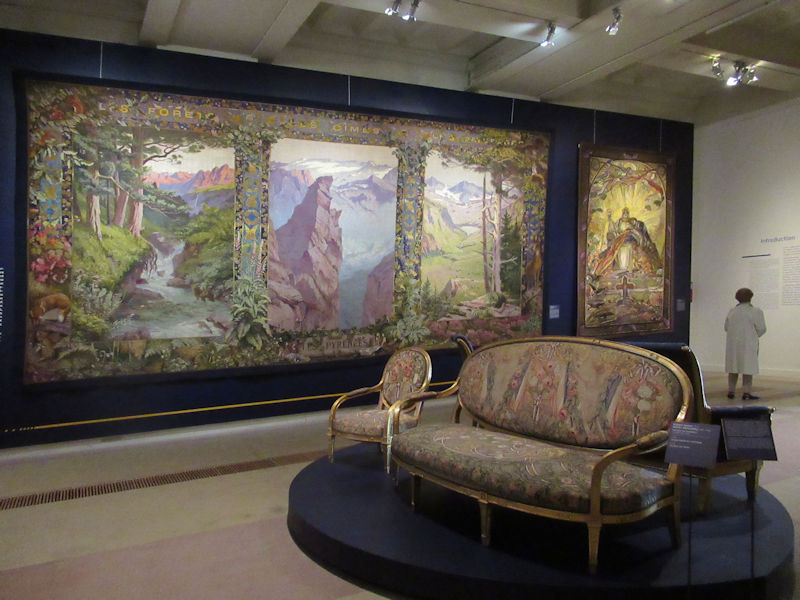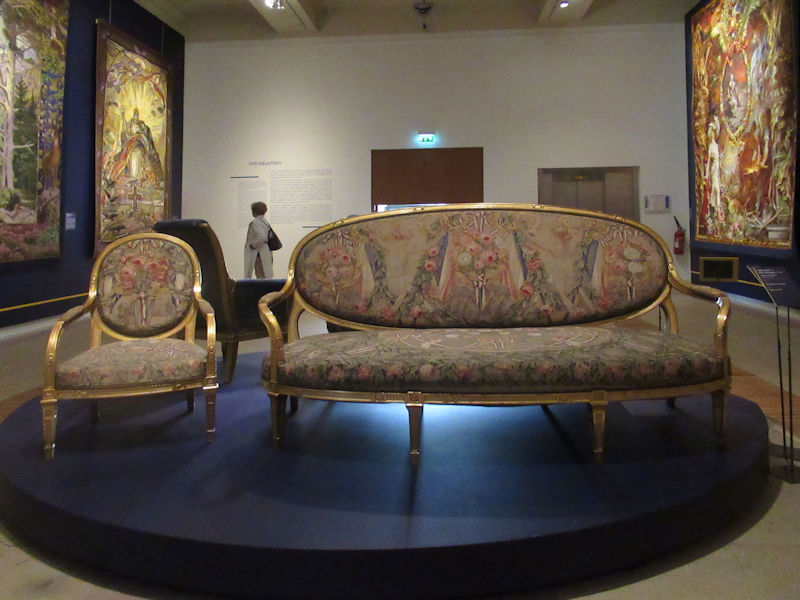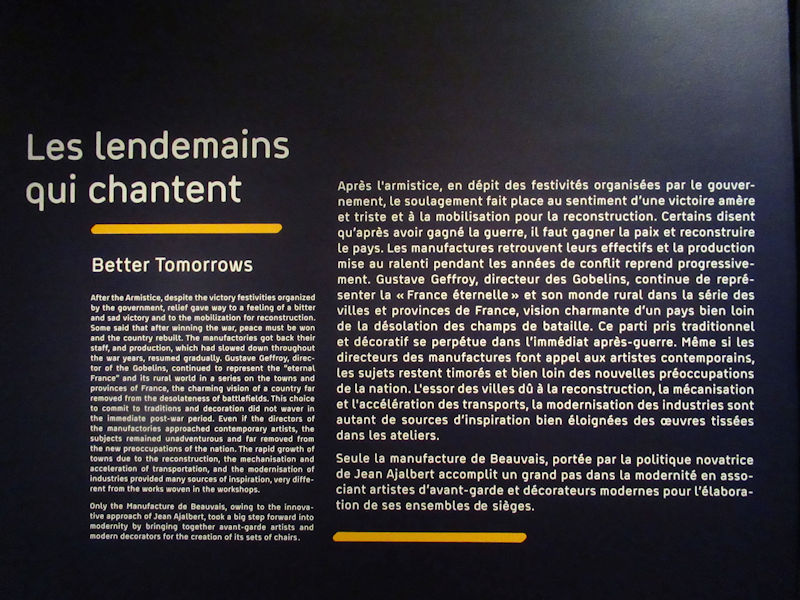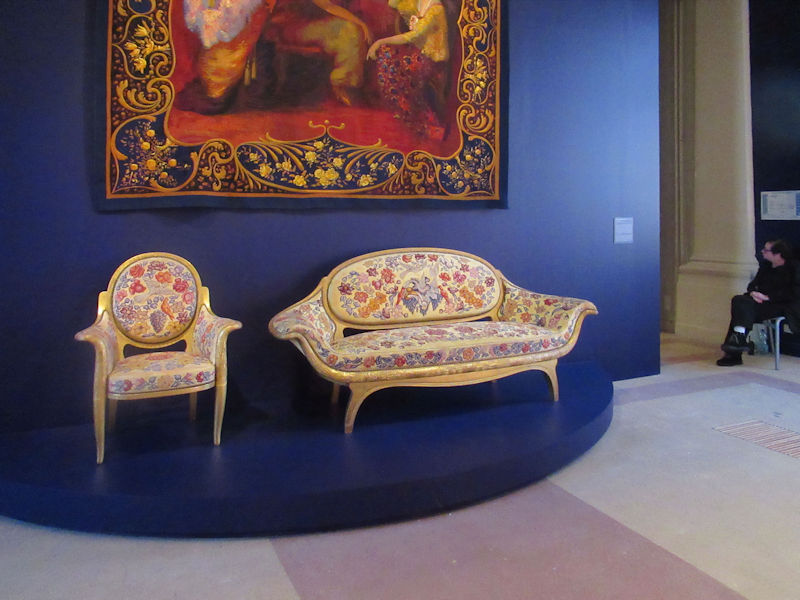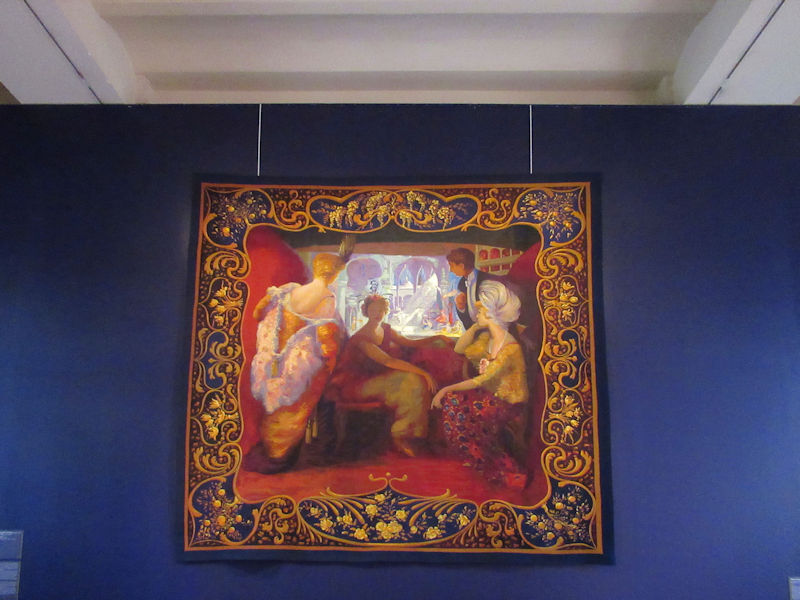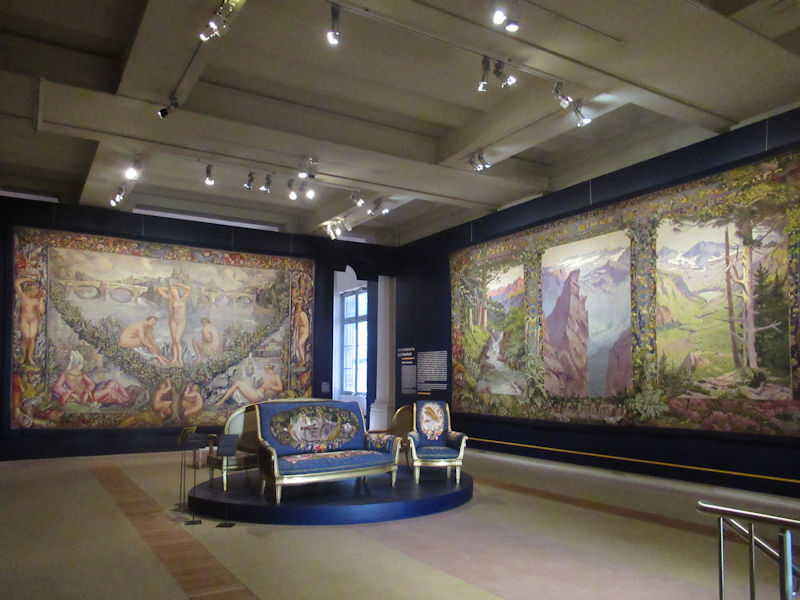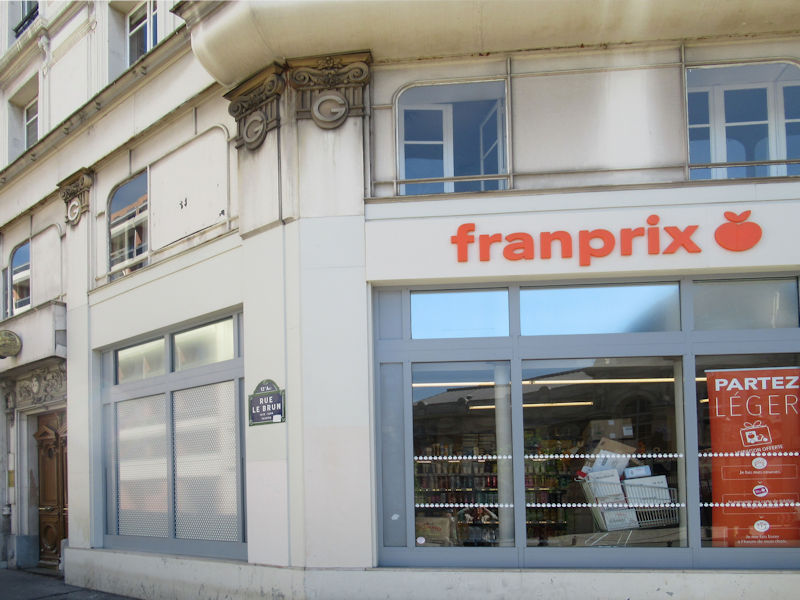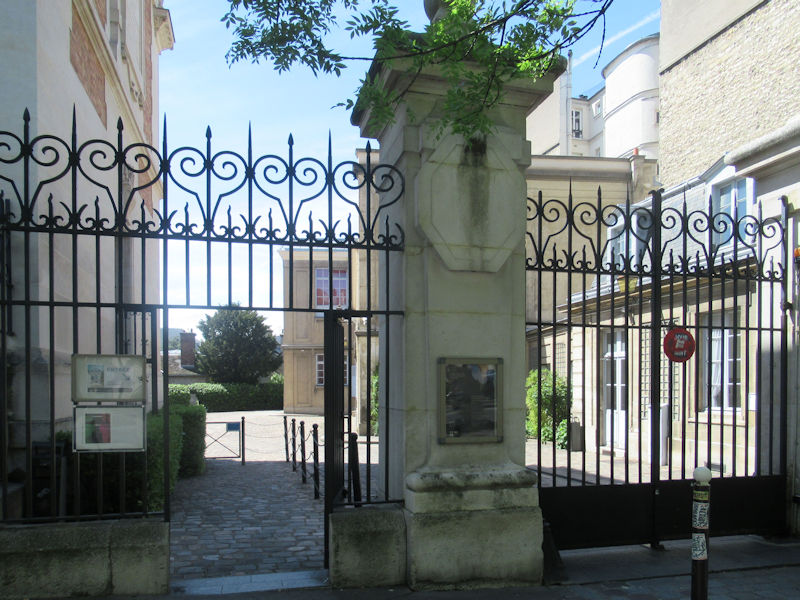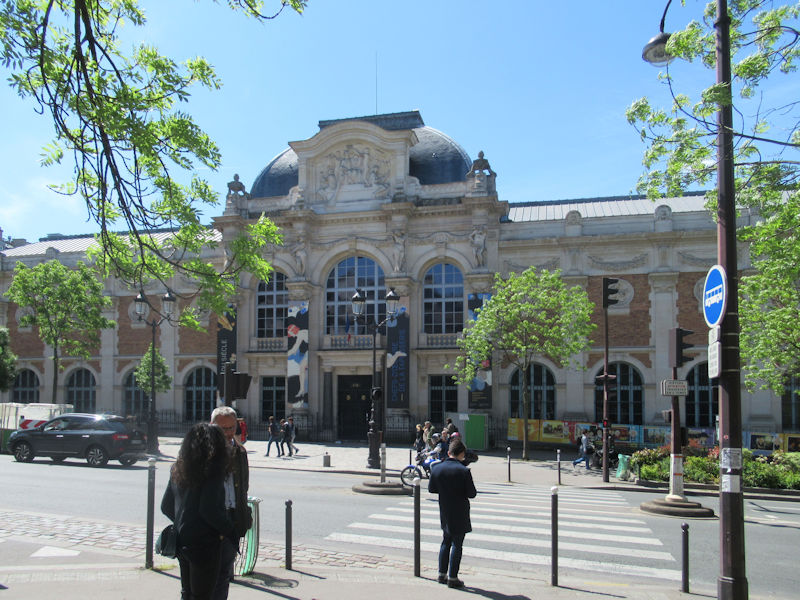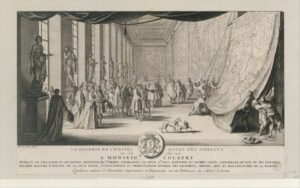
Colbert Visiting the Gobelins, Sébastien Leclerc I (French, Metz 1637–1714 Paris) 1665
This etching illustrates a visit to the Gobelins workshops by Colbert de Villacerf, Surintendant des Bâtiments du Roi from 1691 to 1699. The workers are in the process of hanging one of a set of tapestries depicting the Story of Alexander, woven for Louis XIV after designs by Charles Le Brun.
In brief – About Manufacture Nationale des Gobelins (Tripadvisor)
Photographie : Jean-Philippe Humbert
Gobelins Manufactory (Wikipedia)
History
Colbert and Le Brun
In 1662 the works in the Faubourg Saint Marcel, with the adjoining grounds, were purchased by Jean-Baptiste Colbert on behalf of Louis XIV and made into a general upholstery factory, in which designs both in tapestry and in all kinds of furniture were executed under the superintendence of the royal painter, Charles Le Brun, who served as director and chief designer from 1663-1690. On account of Louis XIV’s financial problems, the establishment was closed in 1694, but reopened in 1697 for the manufacture of tapestry, chiefly for royal use. It rivalled the Beauvais tapestry works until the French Revolution, when work at the factory was suspended.
The factory was revived during the Bourbon Restoration and, in 1826, the manufacture of carpets was added to that of tapestry. In 1871 the building was partly burned down during the Paris Commune.
The factory is still in operation today as a state-run institution. The manufactory consists of a set of four irregular buildings dating to the seventeenth century, plus the building on the avenue des Gobelins built by Jean-Camille Formigé in 1912 after the 1871 fire. They contain Le Brun’s residence and workshops that served as foundries for most of the bronze statues in the park of Versailles, as well as looms on which tapestries are woven following seventeenth century techniques. The Gobelins still produces some limited amount of tapestries for the decoration of French governmental institutions, with contemporary subjects.
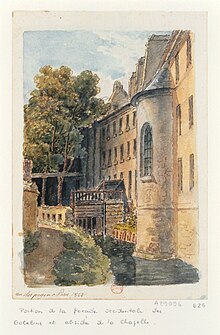
Rear view of the Gobelin Manufactory, adjoining the Bièvre river, in 1830.
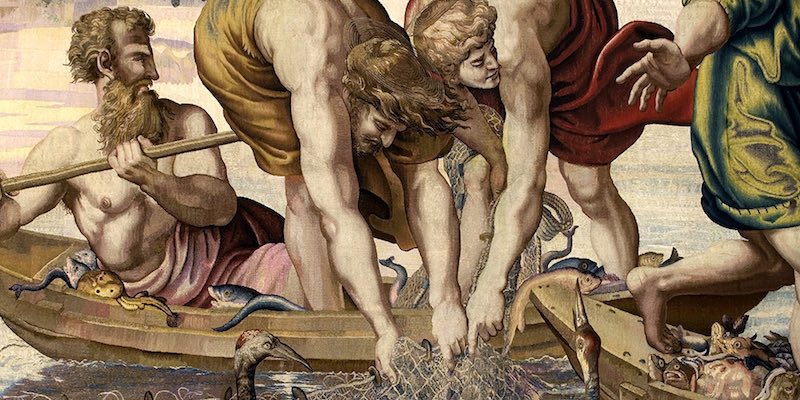
Although Gobelins is synonymous with tapestry, the two brothers never wove a thread. Their claim to fame in the tapestry world was making a special Venetian scarlet dye.
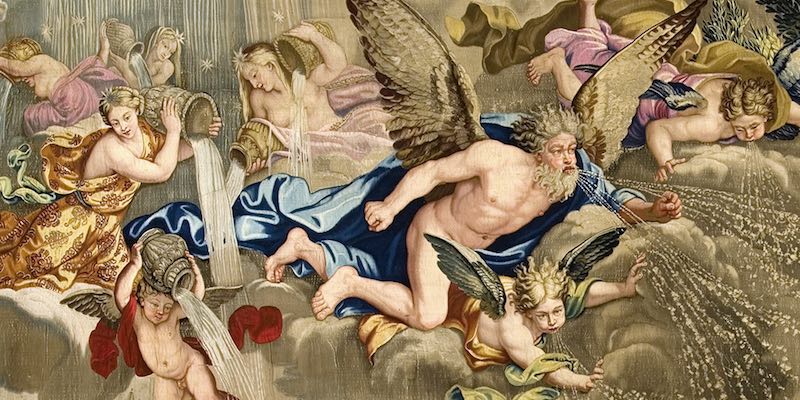
Tapestries sought to technically compete with paintings. Hundreds of new dyes were developed to create a range of subtle tonal qualities. Unfortunately, the ravages of time and light have destroyed much of these subtle effects.
Click Refresh to view slides
Further reading
Further viewing
The Art of Making a Tapestry : The Tapestry Manufactory at the Gobelins, Paris


